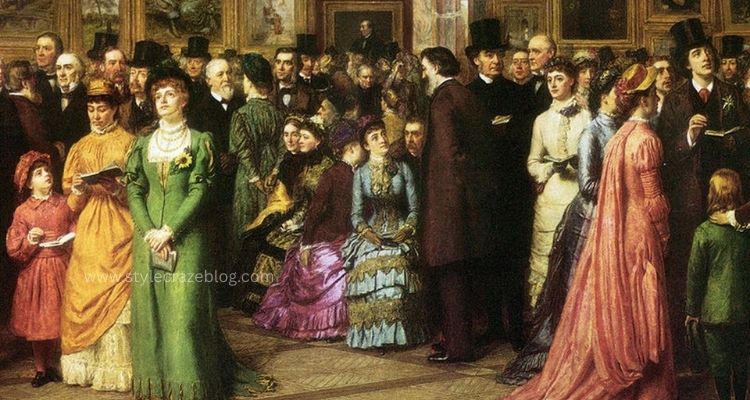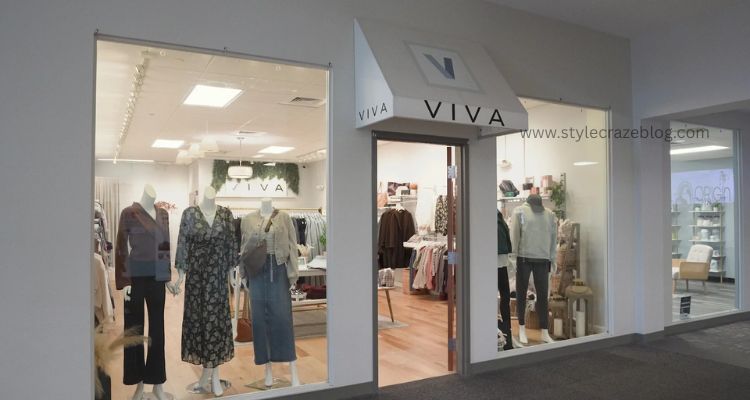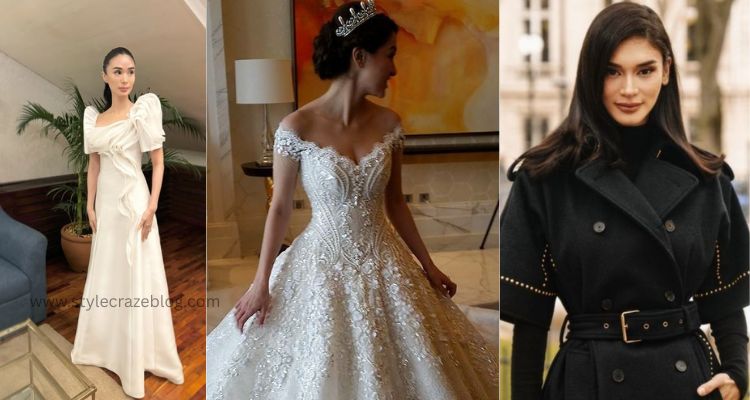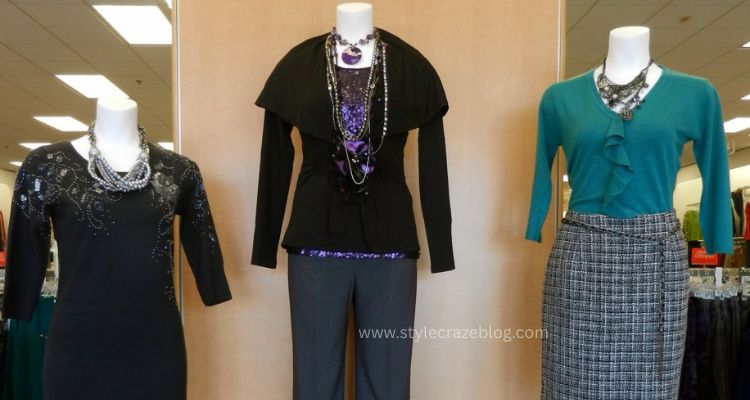The first time I wore a replica hoop skirt from the 1860s fashion era, I realized why women carried themselves so gracefully back then—they didn’t have a choice. The skirt filled half the room, and walking through a door felt like a challenge. Yet, despite the difficulty, the 1860s brought some of the most iconic styles of the Victorian period. Let’s step into that world together.
What Was the Fashion in the 1860s?
So, what was the fashion in the 1860s? For women, it was dramatic. Wide crinolines supported huge skirts, sometimes stretching over four feet in diameter. Dresses featured tight bodices and high necklines for daywear while evening gowns had lower necks and short sleeves.
Colors became richer thanks to chemical dyes, which had just been invented. This meant bright blues, greens, and purples dominated wardrobes. Personally, I’ve stood in front of an 1860s gown in a museum, and the vibrant color looked brand new—even after 150 years.
Men’s clothing was less dramatic but still elegant. Suits featured frock coats, waistcoats, and trousers with a looser fit compared to earlier decades.
What is the 3-3-3 Rule in Fashion?
Let’s connect modern ideas to history. The 3-3-3 rule in fashion limits you to 33 items of clothing for 3 months. Now, imagine applying that rule to 1860s fashion. Nearly impossible!
In those days, a wealthy woman’s wardrobe included numerous gowns for different occasions—morning dresses, walking dresses, dinner gowns, and ball gowns. Men, too, had attire for every setting. Clothing wasn’t minimal; it was layered and occasion-specific. Unlike the 3-3-3 rule, the 1860s celebrated variety and formal dressing.
How Did People Dress in 1865?
So, how did people dress in 1865? This was right around the end of the American Civil War. In the United States, clothing reflected both practicality and tradition. Women still wore hoop skirts, though by this time, they often reduced in width for easier movement.
Men wore sack coats for casual use, frock coats for formality, and military uniforms shaped trends after the war. I once saw a Civil War reenactment, and honestly, the soldiers’ uniforms looked sharp but extremely heavy—no wonder people moved slower in that era.
Working-class families dressed very differently. They relied on plain cotton, wool, and homemade garments. Durability mattered more than elegance.
What Was the Fashion Like in 1868?
By the fashion in 1868, styles began to change. Hoop skirts started fading out. Instead, women turned to the bustle, which pushed fabric toward the back, creating a new silhouette. This showed how 1860s fashion was never static—it evolved quickly.
Men’s suits in 1868 leaned toward longer coats and slimmer trousers. This transition hinted at the sharper styles of the 1870s. Fashion was shifting, reflecting not only taste but also practicality after years of war and industrial growth.
Everyday Clothing vs. Wealthy Dress
It’s important to remember that not everyone looked like royalty. While wealthy women owned gowns with lace, silk, and decorative trims, poor families dressed simply. They recycled fabric, altered older clothing, and avoided luxury. Men in working communities often wore sturdy boots, cotton shirts, and wool trousers.
This side of 1860s fashun tells the real story of survival more than glamour. Clothing showed clear markers of class everywhere.
Final Thoughts
1860s fashion combined elegance, structure, and transformation. From the grandeur of hoop skirts to the beginnings of bustles, women’s wardrobes were strikingly complex. Men carried themselves with dignity, balancing style and practicality.
Whenever I see a gown from the 1860s, I can’t help but imagine the world it lived in—civil war, industrial revolutions, and cultural shifts—all stitched into the seams. And honestly, even if walking in those skirts would trip me up today, I admire the grace it forced upon those who once wore them.




